A trellis is a framework of wooden, metal or plastic open latticework, bars, or wires that supports climbing plants. The purpose of a trellis is to provide vertically support for plants that grow horizontally. They come in many different shapes and sizes to fit the needs of various plants and spaces. Trellises can from a decorative feature in gardening.

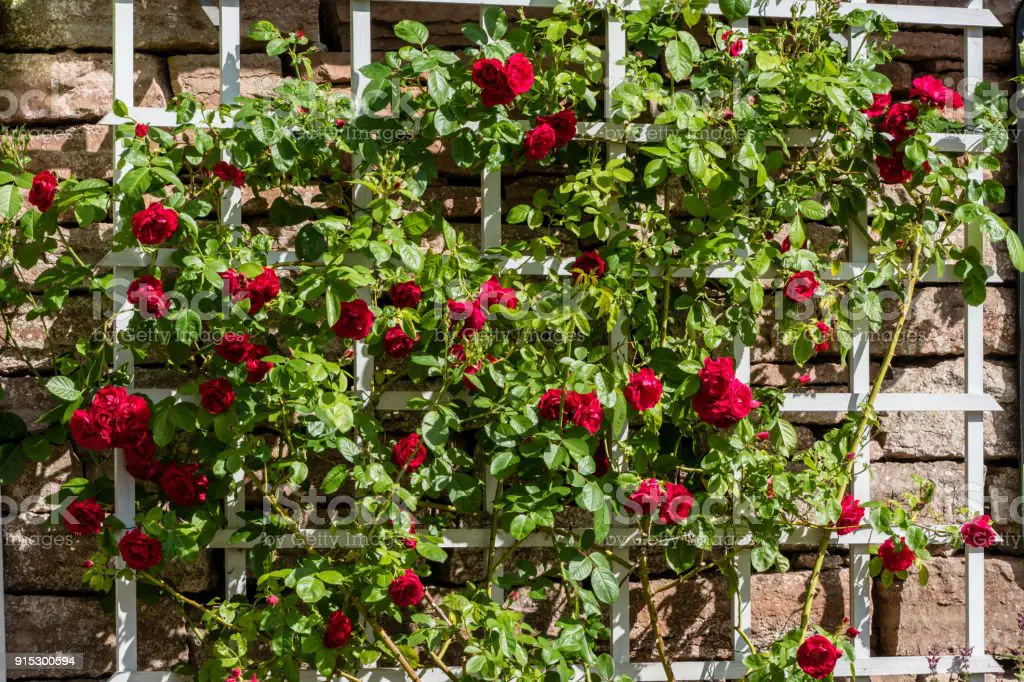
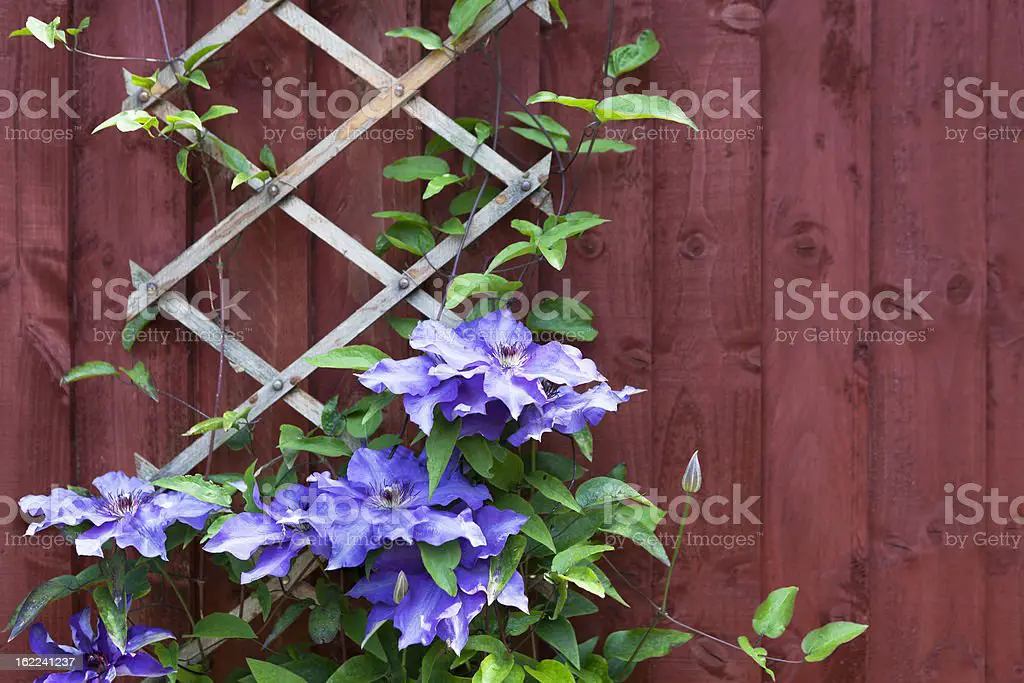
Table of Contents
How do I determine what trellis the the most suitable for my home?
These are several factors to consider to determine the most suitable trellis for your home:
- Purpose: Decide why you want a trellis. Is it for privacy, to support climbing plants, or simply for aesthetic purposes? The purpose of the trellis will help you determine what type of trellis is most suitable for your needs.
- Material: Trellises come in a variety of materials such as wood, metal, vinyl, and more. Consider the style of your home and the climate in your area when choosing a material. For example, metal trellises are more durable and can withstand harsh weather conditions, while wooden trellises offer a more natural look.
- Size: The size of the trellis will depend on the space you have available and the plants you plan to grow. If you have limited space, a smaller trellis may be more suitable. If you plan to grow larger plants, a larger trellis will be necessary to support their weight.
- Style: Consider the style of your home and outdoor space when choosing a trellis. There are many different styles of trellises available, from traditional to modern, so choose one that complements your existing decor.
- Installation: Some trellises are easier to install than others. Consider whether you want a freestanding trellis or one that attaches to a wall or fence. Also, think about whether you are comfortable installing the trellis yourself or if you need professional installation.
By considering these factors, you can determine what trellis is the most suitable for your home and needs. If unsure, do not hesitate to ask for advice from a gardening or landscaping professional.
Trellises for indoor gardening
The type of trellis and the plants you choose will depend on the specific conditions of your indoor space. Here are considerations when buying or constructing a trellis for indoor gardening:
- Choose the right type of trellis: For indoor use, you may want to choose a trellis made of a lightweight material, such as bamboo or wire, that can be easily hung on a wall or from the ceiling. Alternatively, you could use a freestanding trellis that sits in a pot.
- Choose the right plants: Some plants that work well with trellises indoors include climbing vines such as pothos, philodendrons, and ivy. You could also consider using trellises for small flowering plants, like peace lilies or spider plants.
- Determine the best location: Make sure you choose a location that has enough room for the trellis and plants to grow. Depending on the type of plants you choose, you may also need to consider factors such as sunlight, humidity, and temperature.
- Install the trellis: Depending on the type of trellis you choose, you may need to attach it to a wall or hang it from the ceiling. Make sure it is secure and level.
- Plant the climbing plants: Once the trellis is in place, plant your climbing plants in pots and place them near the base of the trellis. Gently guide the plants up the trellis as they grow.
- Maintain the trellis and plants: Check the trellis and plants regularly to make sure they are healthy and not overcrowded. Water and fertilise the plants as needed, and prune them as necessary to encourage healthy growth.
A trellis can be a great way to create more space for plants to grow. With the right type of trellis and plants, you can create a beautiful indoor garden that brings the outdoors inside.
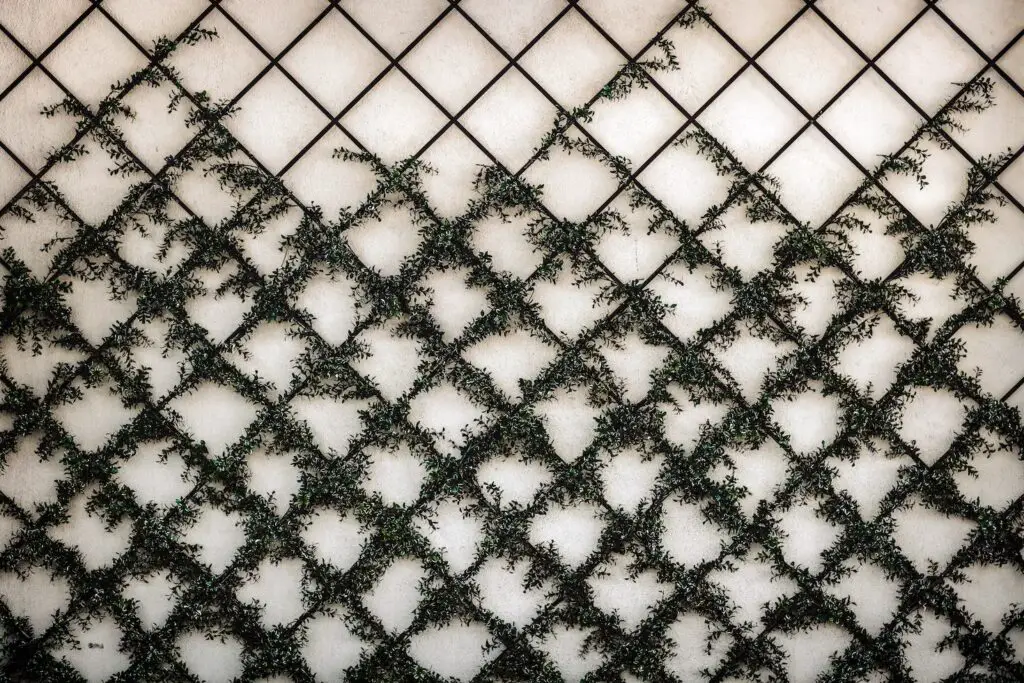

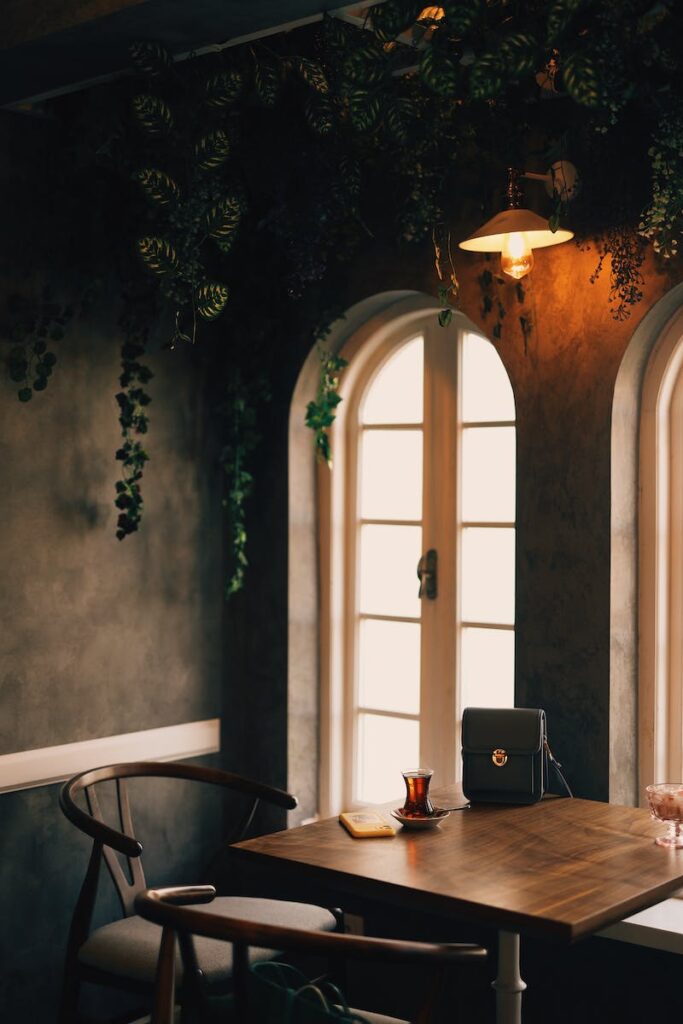
Types of indoor plants are most suitable for growing on a trellis
Consider growing types of indoor plants that are well-suited for growing on a trellis, here are examples of plants best suited for growing on a trellis:
- Pothos: Pothos is a popular trailing plant that is perfect for a trellis. They have beautiful, heart-shaped leaves that can be variegated with green, yellow, or white. They are low-maintenance and can grow in low to bright light.
- Philodendron: Philodendrons are another popular trailing plant that can be grown on a trellis. They have large, glossy leaves and come in a variety of shapes and sizes. They prefer bright, indirect light.
- Ivy: Ivy is a classic climbing plant that is easy to grow on a trellis indoors. They have small, evergreen leaves and can be trained to grow up a trellis or trail down from a hanging pot. They prefer bright, indirect light.
- Hoya: Hoya is a unique plant that has clusters of waxy flowers that look like stars. They prefer bright, indirect light and can be grown on a trellis or trained to grow up a moss pole.
- Monstera: Monstera is a popular indoor plant with large, glossy leaves that have distinctive cutouts. They can be trained to climb a trellis or grown in a hanging basket. They prefer bright, indirect light.
Also consider the lighting that your space receives, plant size (when fully grown) and the style of your trellis. Choose a plant that complements your decor and fits the conditions of your indoor space.
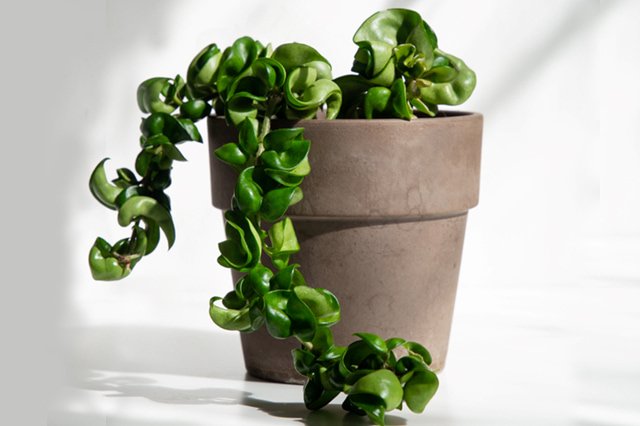
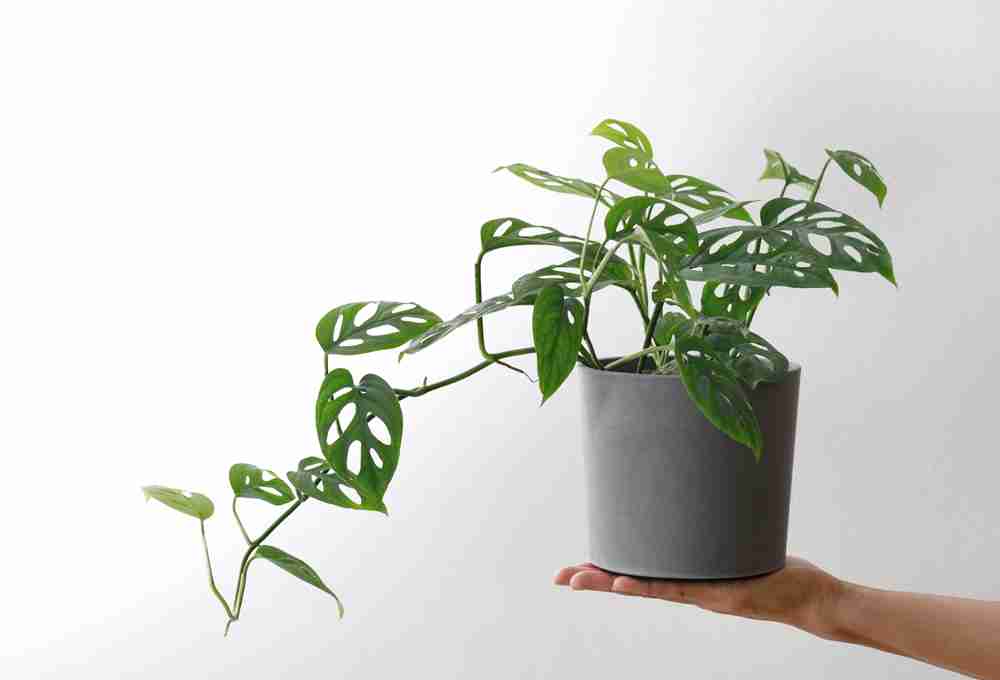
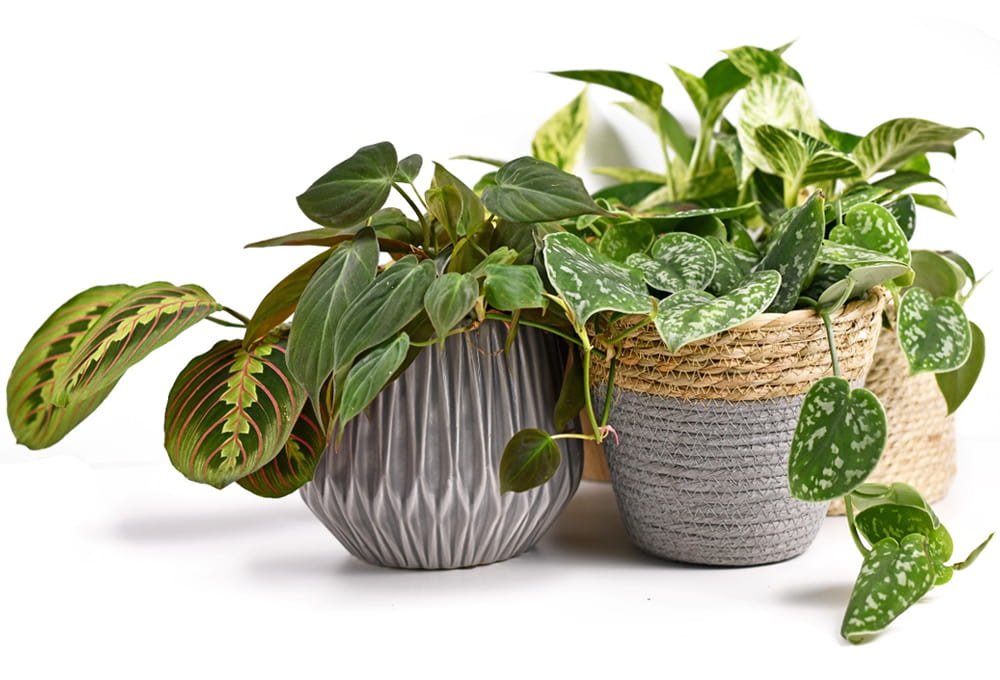
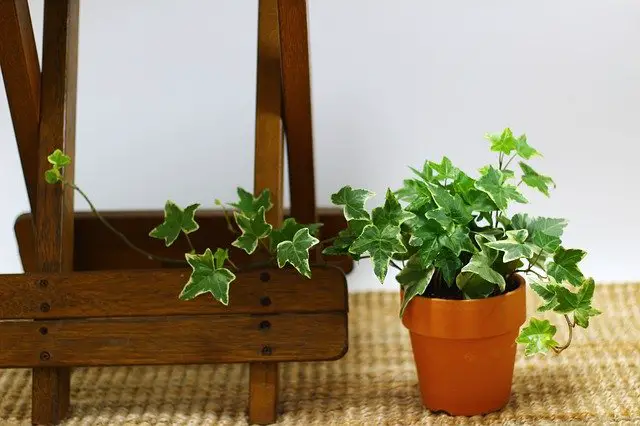
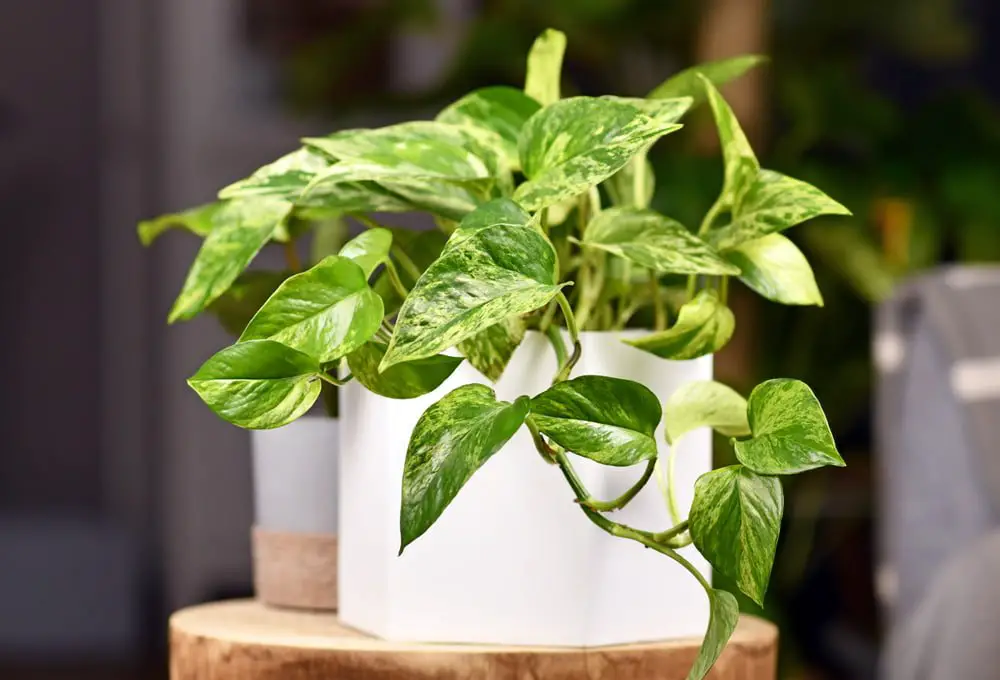
Constructing a trellis
Constructing a trellis with plants is a great way to add vertical interest to your garden, create privacy, and support climbing plants. Here are some steps to follow to construct a trellis with plants:
- Choose the right location: Decide where you want to place your trellis. It should be in a spot that gets adequate sunlight and has enough room for the plants to grow.
- Choose the right plants: Select climbing plants that will thrive in the conditions of the location you have chosen. Some popular climbing plants for trellises include clematis, climbing roses, ivy, and jasmine.
- Choose the right trellis: There are many types of trellises to choose from, including wooden trellises, metal trellises, and wire trellises. Choose one that is sturdy enough to support the weight of your plants and fits the style of your garden.
- Install the trellis: Depending on the type of trellis you have chosen, you may need to secure it into the ground or onto a wall. Make sure it is level and stable.
- Plant the climbing plants: Dig a hole for each plant near the base of the trellis. Make sure the plants are spaced apart appropriately and planted at the right depth. Water the plants thoroughly.
- Train the plants: As the plants grow, gently guide them up the trellis. Use plant ties or twine to secure the stems to the trellis.
- Maintain the trellis: Check the trellis periodically to make sure it is secure and in good condition. Prune the plants as needed to encourage healthy growth.
DIY trellis for indoor gardening
Making your own trellis for indoor plants can be a fun and rewarding project. Here’s a step-by-step guide on how to make a simple trellis:
Materials:
- 0.5 – 2.5 Centimetre (1/2 inch or 1 inch) wooden dowels
- Wood glue
- Twine or thin wire
- Scissors
Instructions:
- Measure the space where you want to place the trellis, and cut the wooden dowels to the desired length.
- Lay out the wooden dowels in a square or rectangular shape to create the frame of the trellis.
- Use wood glue to attach the corners of the frame together.
- Once the glue has dried, tie the twine or wire around one end of the frame and loop it around each dowel until you reach the other end of the frame.
- Tie the twine or wire to the other end of the frame and cut off any excess.
- Repeat step 4 and 5, weaving the twine or wire in a crisscross pattern between the dowels until the entire frame is covered.
- Once you have woven the twine or wire to your desired pattern, tie off the ends and cut off any excess.
- Your trellis is now ready to use. Place it in the desired location and train your indoor plants to grow up the trellis by gently tying the stems to the twine or wire.
With creativity, you can customize your trellis by using a variety of materials, such as bamboo, copper pipes, or even repurposed items such as old ladders or picture frames to construct your own trellis.
How often should I maintain a trellis?
The frequency of maintenance for a trellis will depend on several factors, including the type of material, the plants growing on it, and the weather conditions in your area. Here are some general guidelines for maintaining a trellis:
- Regular Cleaning: Depending on the material, a trellis should be cleaned regularly to remove debris, dirt, and any growth that might damage the structure. Cleaning could be done once a month, depending on the weather and location.
- Pruning: If you have climbing plants growing on your trellis, you will need to prune them regularly to prevent them from becoming overgrown and damaging the trellis. Pruning can be done every few months or as needed.
- Repairs: If you notice any damage to the trellis, such as broken or loose pieces, you should repair it as soon as possible to prevent further damage.
- Paint or Stain: If your trellis is made of wood, you may need to paint or stain it periodically to protect it from the elements and keep it looking new.
- Inspections: It’s a good idea to inspect your trellis periodically to ensure that it’s still structurally sound and able to support the plants growing on it.
By using these guidelines, you can keep your trellis in good condition and ensure that it provides an attractive support structure for your plants.
Conclusion
Trellises can provide support for climbing plants for indoor spaces. Trellises are versatile that can suit the needs of different plants and spaces, making them a popular choice for gardeners and plant enthusiasts alike.
